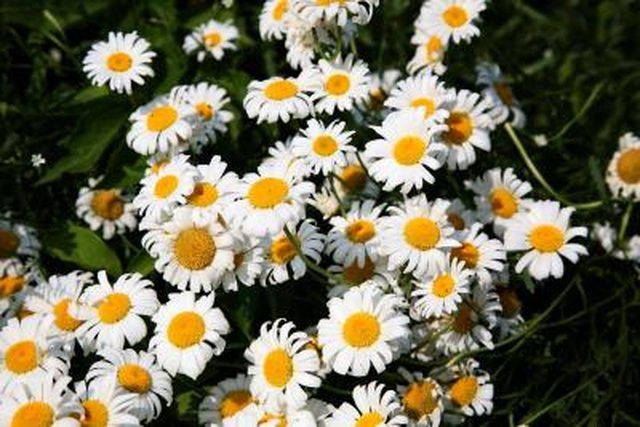Bulbs
Flower Basics
Flower Beds & Specialty Gardens
Flower Garden
Garden Furniture
Garden Gnomes
Garden Seeds
Garden Sheds
Garden Statues
Garden Tools & Supplies
Gardening Basics
Green & Organic
Groundcovers & Vines
Growing Annuals
Growing Basil
Growing Beans
Growing Berries
Growing Blueberries
Growing Cactus
Growing Corn
Growing Cotton
Growing Edibles
Growing Flowers
Growing Garlic
Growing Grapes
Growing Grass
Growing Herbs
Growing Jasmine
Growing Mint
Growing Mushrooms
Orchids
Growing Peanuts
Growing Perennials
Growing Plants
Growing Rosemary
Growing Roses
Growing Strawberries
Growing Sunflowers
Growing Thyme
Growing Tomatoes
Growing Tulips
Growing Vegetables
Herb Basics
Herb Garden
Indoor Growing
Landscaping Basics
Landscaping Patios
Landscaping Plants
Landscaping Shrubs
Landscaping Trees
Landscaping Walks & Pathways
Lawn Basics
Lawn Maintenance
Lawn Mowers
Lawn Ornaments
Lawn Planting
Lawn Tools
Outdoor Growing
Overall Landscape Planning
Pests, Weeds & Problems
Plant Basics
Rock Garden
Rose Garden
Shrubs
Soil
Specialty Gardens
Trees
Vegetable Garden
Yard Maintenance
Perennial Flower Identification Guide
Perennial Flower Identification Guide. Perennials, or plants that naturally return every spring, summer or fall and "die" back into the ground in the winter, make vibrant garden features and impressive natural centerpieces. To determine which perennials fit your gardening and decorative personality, it's essential know how to identify the blooms.

Perennials, or plants that naturally return every spring, summer or fall and "die" back into the ground in the winter, make vibrant garden features and impressive natural centerpieces. To determine which perennials fit your gardening and decorative personality, it's essential know how to identify the blooms.
Size
Daylilies, which have large petals with fringed borders, grow up to 3 feet tall and thrive in the spring and summer seasons. Chrysanthemums are similar in height to daylilies, and grow in an abundance of colors, including red, yellow and light purple. Taller perennial flowers include the foxglove, a slender plant with flowers that bloom in the latter part of spring and grows to a height of 60 inches in maturity.
Colors
Bright red blooms include the Gerbera daisy, which is round in shape, and the red hibiscus, a tropical flower with striking, cherry-red petals. Jacob's ladder are among the purple perennial blooms, and features tiny, indigo flowers among spiky, dark green leaves. Hyssop is another perennial that blooms in purple -- the cylindrical flowers atop the stem are a lavender shade. Bright-yellow perennial flowers include the globeflower, which has a ball-shaped center in sunshine-colored petals.
Soil and Sun
The peony, which commonly blooms in pastel hues, needs full sun to grow well, as well as soil that is well drained and a little acidic. The red valerian flower, a spring perennial that grows up to 3 feet, requires full sun as well, but needs alkaline soil to thrive. Bright-purple seathrift flowers have to be planted in sandy soil; however, the soft yellow blooms on the spurge flower can't develop without moist soil.